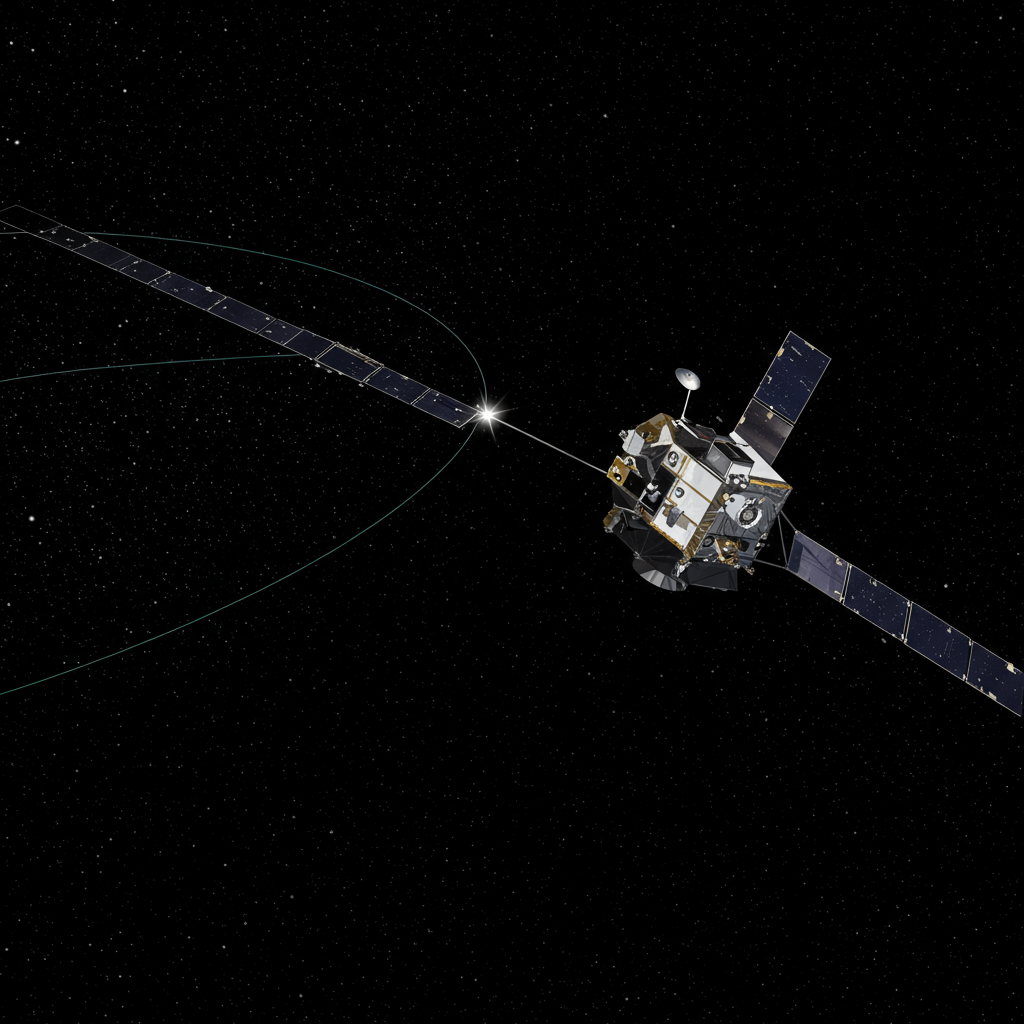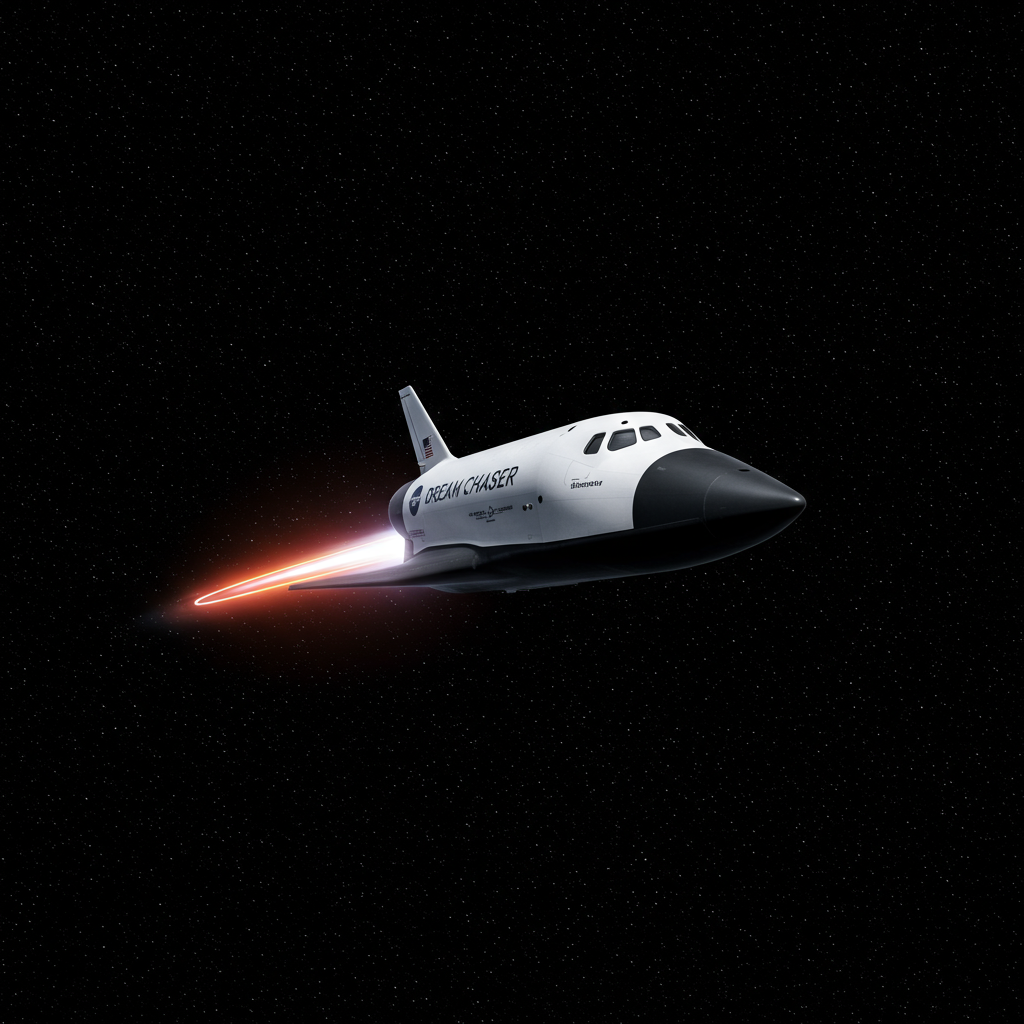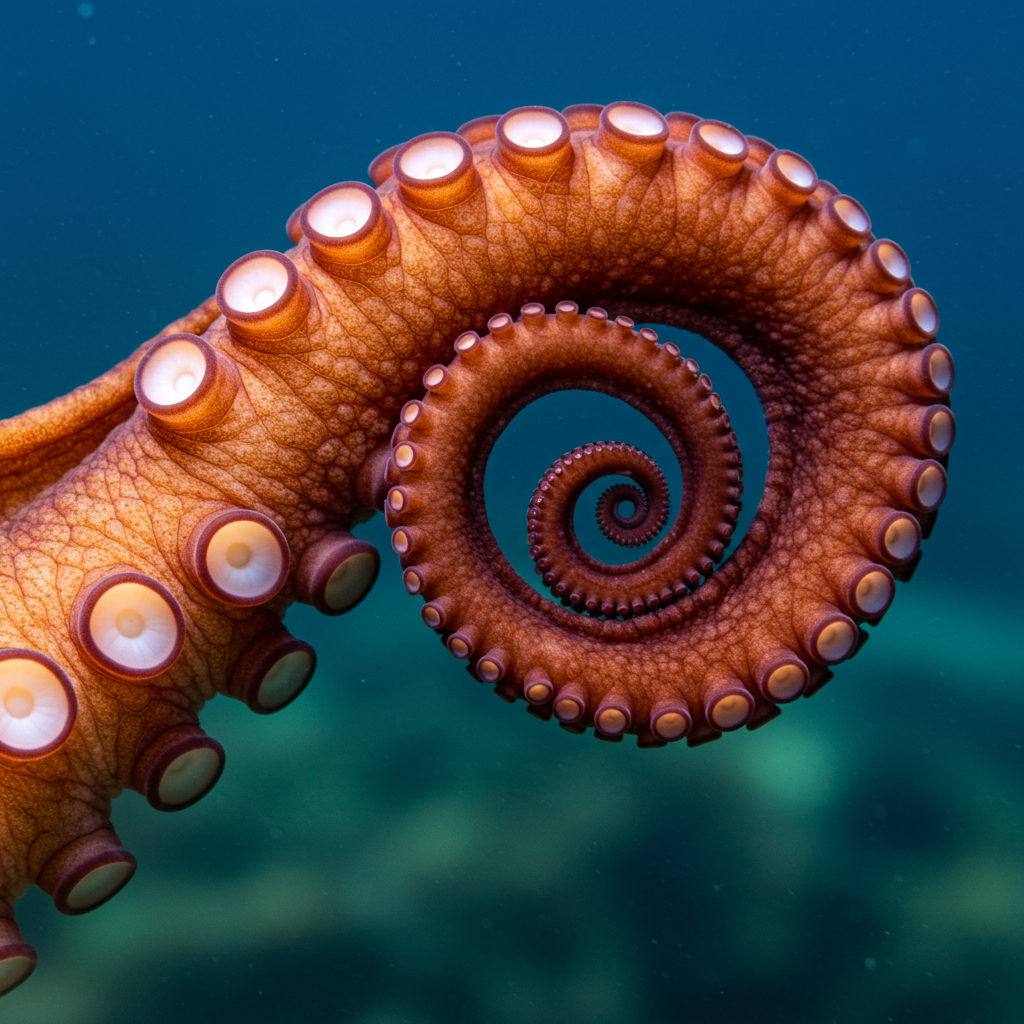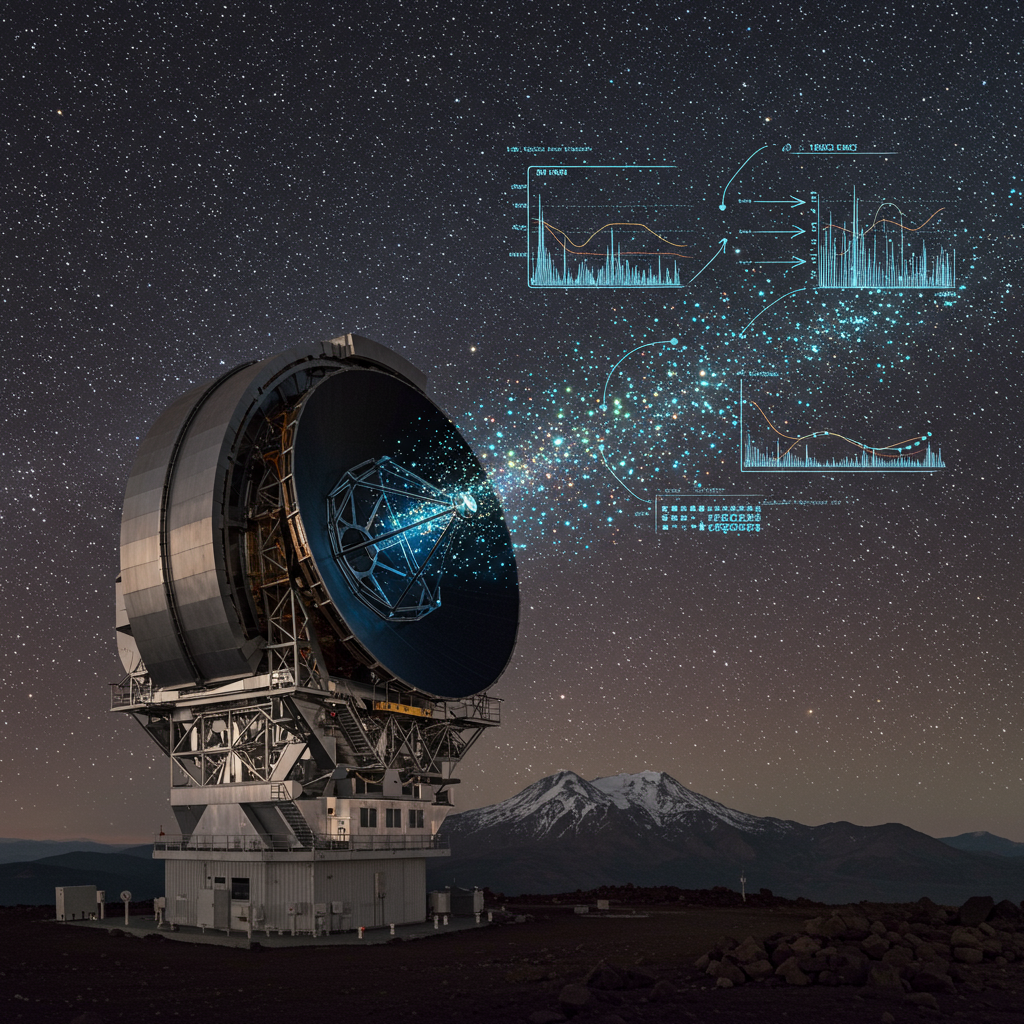Pioneering <a href="https://news.quantosei.com/2025/07/04/nasa-to-provide-coverage-of-progress-92-launch-space-station-docking/” title=”Essential: NASA Live Coverage of Progress 92 to ISS”>navigation Beyond Earth: New Horizons Uses Stars to Chart Its Course
Imagine navigating across vast, uncharted oceans using only the stars. Now, picture doing that in the unfathomable blackness of deep space, millions of miles from any planetary beacon. That’s exactly the groundbreaking achievement recently accomplished by NASA’s venerable New Horizons spacecraft. Currently traversing the remote Kuiper Belt, roughly 438 million miles (705 million kilometers) from Earth, an international team leveraged the distant probe to conduct the first-ever successful demonstration of deep space stellar navigation. This proof-of-concept experiment marks a critical step towards enabling future missions to explore realms far beyond our solar system with greater autonomy.
The core concept relies on a fundamental astronomical principle: stellar parallax. As New Horizons sailed towards interstellar space, its unique vantage point offered a significantly different perspective of nearby stars compared to observations made from Earth. This apparent shift in a star’s position when viewed from two different locations is stellar parallax.
The Challenge of Navigating Deep Space
Precise navigation is paramount for space missions. Close to Earth, spacecraft often rely on ground-based radio tracking and GPS signals. However, the farther a probe travels, the weaker these signals become, leading to less accurate position determination and longer communication delays. For missions venturing into the outer solar system or even beyond, relying solely on Earth-based tracking becomes increasingly challenging and limiting. Future interstellar travel, requiring autonomous course correction over light-years, absolutely necessitates onboard navigation capabilities that don’t depend on constant communication with Earth. This creates a compelling need for alternative methods, like using the stars themselves as guideposts.
How Stellar Parallax Enables Navigation
Stellar parallax is the apparent displacement or difference in the apparent position of an object viewed along two different lines of sight. Think about holding your finger out and looking at it with one eye, then the other. Your finger seems to jump against the background. The amount it shifts depends on how far away your finger is and the distance between your eyes.
In space navigation, the “eyes” are two widely separated viewpoints – in this case, Earth and the New Horizons spacecraft. Even for stars seemingly fixed in the night sky, their apparent position shifts slightly depending on where you are observing them from. This shift is more pronounced for stars that are closer to the observer. By accurately measuring the apparent position of known nearby stars from two different, distant points in space, scientists can use trigonometry to pinpoint the location of the observing spacecraft relative to those stars.
New Horizons’ Landmark Experiment Details
To conduct this historic test, the research team utilized New Horizons’ onboard cameras. They targeted two relatively nearby stars: Proxima Centauri, our closest stellar neighbor at 4.2 light-years away, and Wolf 359, located 7.86 light-years from Earth. These stars were chosen because their proximity makes their parallax shift more detectable.
Simultaneous images were captured by New Horizons from its position in the Kuiper Belt and by telescopes on Earth. By comparing the apparent positions of Proxima Centauri and Wolf 359 in the images taken from these two vastly separated locations, the team could measure the stellar parallax caused by the spacecraft’s position.
Calculating the Spacecraft’s Position
Using the measured parallax shifts of Proxima Centauri and Wolf 359, combined with a detailed three-dimensional model of the stars in our solar neighborhood, the researchers were able to calculate New Horizons’ position. This calculation determined the spacecraft’s location relative to these nearby stars.
The accuracy achieved in this specific demonstration was approximately 4.1 million miles (or about 6.6 million kilometers), according to different reports. While this level of precision is not yet sufficient for routine mission navigation, it successfully validated the method. As lead author Tod Lauer from NSF’s NOIRLab noted, the primary goal was a proof-of-concept, vividly demonstrating that observing large stellar parallaxes from widely separated viewpoints works exactly as predicted. “It’s one thing to know something, but another to say ‘Hey, look! This really works!'” Lauer remarked, highlighting the educational and confirmatory power of the visual data.
Why This Demonstration is Crucial
The successful New Horizons stellar navigation test is a vital step for the future of space exploration. While the accuracy was tailored for demonstrating the principle rather than meeting strict mission requirements, it confirms that a spacecraft far from Earth can indeed use the apparent positions of stars to determine its own location.
This capability is particularly important for missions traveling to the furthest reaches of our solar system and eventually, beyond. As spacecraft venture further out, the round-trip communication time back to Earth increases significantly. Autonomous navigation systems, capable of charting a course and correcting it onboard without constant ground control input, become essential. Stellar navigation provides a key piece of this future autonomy puzzle, allowing probes to know precisely where they are by observing the ‘fixed’ celestial sphere around them.
New Horizons: A Pioneer Beyond Pluto
New Horizons has a distinguished history of breaking new ground. Launched in 2006, it is the fifth robotic spacecraft ever sent on a trajectory that will eventually take it into interstellar space. Its primary mission culminated in a spectacular flyby of the dwarf planet Pluto and its large moon Charon in July 2015, after a journey of nine and a half years and over 3 billion miles (4.8 billion kilometers).
The data from the Pluto flyby revolutionized our understanding of these icy worlds, providing stunning images and revealing complex geology, diverse compositions, and tenuous atmospheres that surprised scientists. Now in its extended mission, New Horizons continues to explore the mysterious heliosphere – the vast bubble of plasma and particles emanating from our sun – and is expected to cross the boundary into true interstellar space, known as the termination shock, in the coming years. Its immense distance from Earth makes it an ideal testbed for navigation techniques like stellar parallax, essential for exploring even deeper space.
Other Frontiers in Space Navigation
The New Horizons stellar navigation test is just one example of ongoing innovation in space navigation technology. Around the globe, scientists and engineers are developing diverse methods to meet the challenges of exploring different celestial environments.
For instance, China’s Deep Space Exploration Laboratory (DSEL) recently achieved a breakthrough in Earth-moon laser ranging. Traditionally limited to nighttime due to daylight interference, DSEL successfully measured the distance to their Tiandu-1 satellite orbiting the moon during strong daylight conditions. This advancement expands observation windows for tracking lunar spacecraft, crucial for missions supporting China’s ambitious lunar exploration goals and enhancing navigation capabilities in Earth-moon space.
Similarly, missions like NASA’s Double Asteroid Redirection Test (DART), which successfully impacted an asteroid for planetary defense, rely on advanced autonomous navigation systems. DART’s SmartNav system guided the spacecraft precisely to its distant target, Dimorphos, demonstrating capabilities needed for future missions requiring independent targeting and maneuvering in deep space. These varied efforts highlight the global push to develop robust and versatile navigation solutions for the next era of space exploration.
Looking Towards an Autonomous Future
The successful demonstration of deep space stellar navigation by New Horizons is a significant milestone. It validates a method that could be integrated into future spacecraft designs, enabling them to navigate autonomously over vast distances where communication with Earth is slow or impossible.
As humanity sets its sights on missions to distant planets, moons, asteroids, and eventually, interstellar space, the ability for spacecraft to know their position and chart their course using the cosmos itself will be indispensable. The pioneering work of New Horizons continues to pave the way, not only expanding our knowledge of the outer solar system but also testing the vital technologies needed for us to journey even further into the final frontier.
Frequently Asked Questions
What is deep space stellar navigation?
Deep space stellar navigation is a technique allowing spacecraft far from Earth to determine their position by observing the apparent locations of stars. Unlike navigation closer to Earth which might use radio signals or GPS, stellar navigation relies on the principle of stellar parallax – the slight shift in a star’s apparent position when viewed from different locations in space. By measuring this shift from the spacecraft’s perspective and comparing it to observations from Earth or using known star patterns, the spacecraft can calculate its own location relative to the stars and other celestial bodies.
How did New Horizons use stellar parallax to find its position?
The New Horizons spacecraft, while in the Kuiper Belt millions of miles from Earth, took images of two nearby stars, Proxima Centauri and Wolf 359. Simultaneously, observations were made from Earth-based telescopes. Because New Horizons was so far from Earth, the apparent positions of these stars in its images were slightly different from their positions as seen from Earth. By precisely measuring this difference, known as stellar parallax, and referencing a 3D model of the solar neighborhood stars, the team calculated the spacecraft’s position relative to those stars with an accuracy of millions of miles.
Why is this New Horizons navigation test important for future space travel?
This test is crucial because it successfully demonstrated a method for spacecraft to navigate autonomously far from Earth, where traditional methods like ground-based radio tracking become less effective and communication delays are significant. For future deep space missions, especially those venturing towards interstellar space, onboard navigation capabilities are essential. The New Horizons test proves that stellar navigation using parallax is a viable technique for spacecraft to determine their position independently, paving the way for more autonomous and ambitious missions to explore the furthest reaches of the cosmos.




